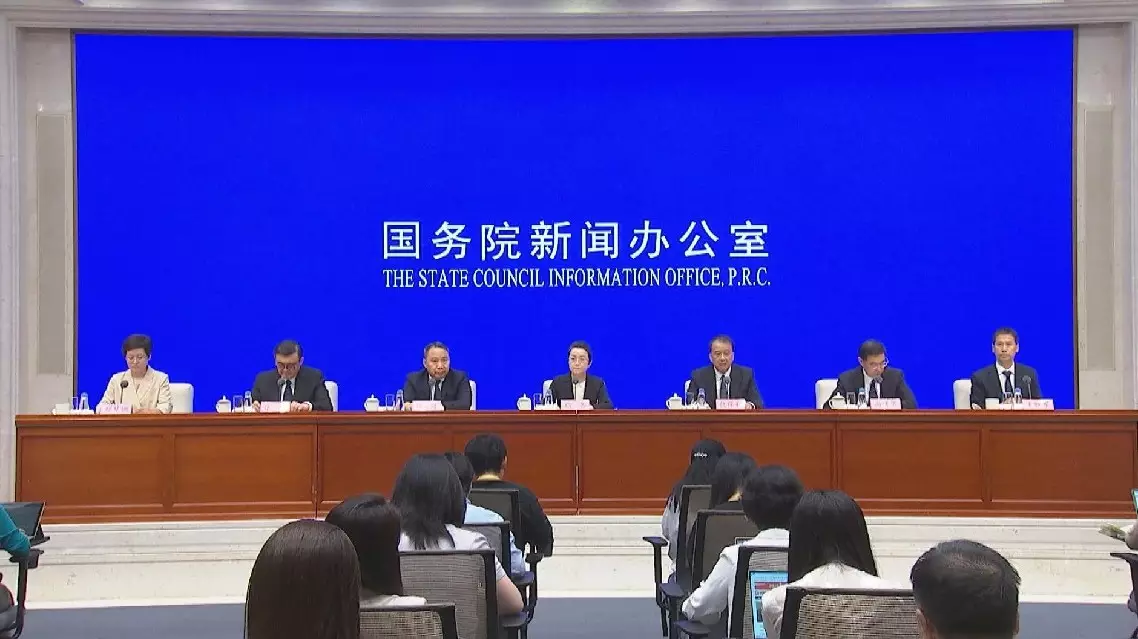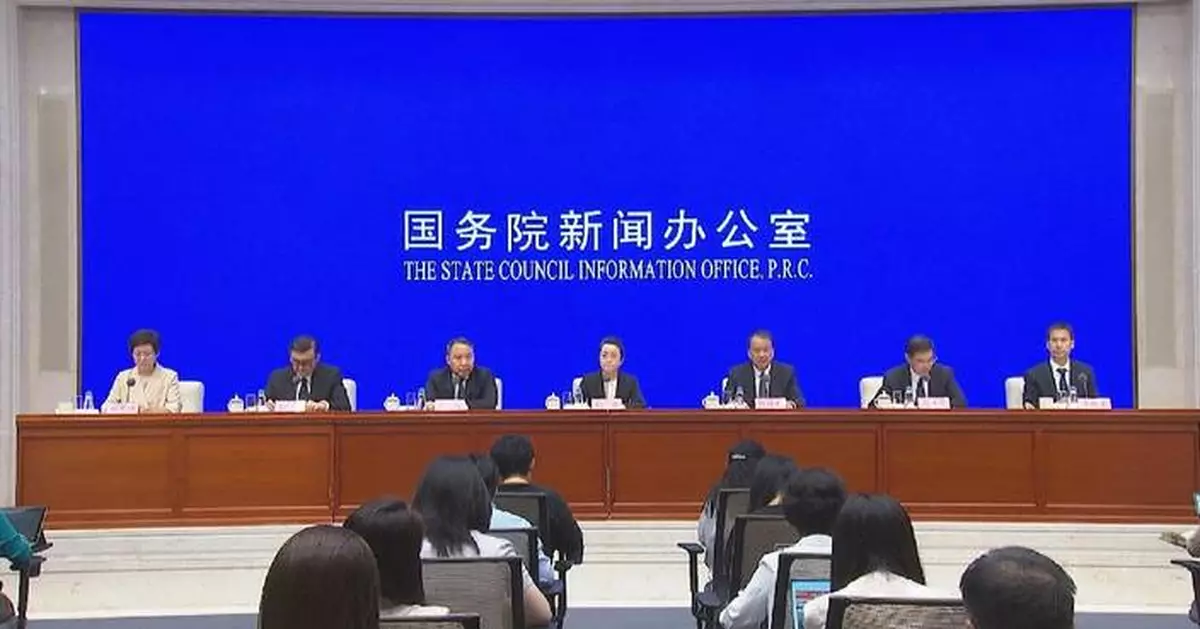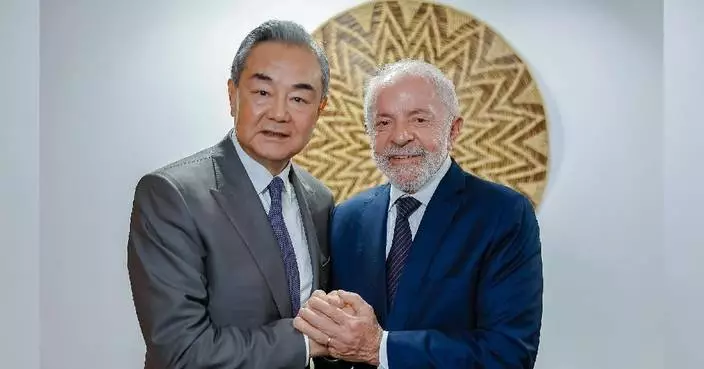China has set a target to increase the urbanization rate of permanent residents to around 70 percent within the next five years, aiming to further leverage the country's significant potential for domestic demand, according to a recently released five-year plan by the State Council.
At a press conference in Beijing on Friday, officials outlined the action plan, stating that it focuses on a people-centered approach to urbanization, fostering a virtuous cycle between consumption and investment.
By the end of 2023, China's urbanization rate of permanent residents reached 66.16 percent, a significant increase from 53.1 percent at the end of 2012. To achieve the urbanization target, millions of rural residents will be encouraged to permanently settle in cities. Officials believe this shift will be crucial in expanding domestic demand and supporting long-term economic stability.
"In terms of consumption, our calculation indicates that a one-percentage-point increase in China's urbanization rate can generate more than 200 billion yuan (about 27.75 billion U.S. dollars) of new consumption demand each year. In terms of investment, our preliminary calculations indicate that a one-percentage-point increase in the urbanization rate could drive new investment demand on the scale of one trillion yuan. Therefore, our new-type urbanization can play an important role in expanding domestic demand, thus promoting stable economic growth, steady quality improvement of the economy, and sustained improvement in people's livelihood," said Zheng Bei, deputy head of China's National Development and Reform Commission.
According to the action plan, the top priority for new urbanization is to grant permanent urban residency to eligible individuals who have moved from rural areas to cities.
Shang Jianhua, head of the Migrant Worker Affairs Department at China's Ministry of Human Resources and Social Security, stated that efforts will be focused on four key areas to promote stable employment for residents who have relocated from rural regions to urban areas.
"First, we will strive to broaden employment channels and roll out supportive policies for employing migrant workers in industries such as intelligent manufacturing and housekeeping services so as to continuously expand the scale and improve the quality of migrant worker employment. Second, we will work hard to optimize employment services for migrant workers and continue serving them with various supportive campaigns. Third, efforts will be made to enhance skills training and conduct various training sessions for working skills, job skill improvement, and entrepreneurship. In addition, measures will be taken to protect the rights and interests of employees, improve the social security system for migrant workers and other workers, improve the transfer policy of social security, expand the coverage of social insurance for migrant workers, and implement relevant policies to safeguard the rights and interests of workers in new forms of business," said Shang.
Fu Jinling, director of the Department of Economic Construction at the Ministry of Finance, outlined the financial support his ministry has provided for new urbanization across three key areas.
"First, funds have been allocated to ensure that new urban residents who migrated from rural areas receive the same public services, such as education, medical care, and housing policies, as other urban residents. Since the central government established a reward fund in 2016 to support the process of granting urban residency to people migrating from rural to urban areas, 280 billion yuan has been allocated to enhance the ability of regional authorities to implement favorable policies. Second, funds have been allocated to comprehensively enhance urban functions and increase the capacity of Chinese cities to accommodate more residents. Third, funds have been allocated to advance new-type urbanization by supporting new forms of industrialization. Additionally, a new round of incentive and subsidy policies for enterprises that use advanced technologies to produce innovative and unique products has been launched this year," said Fu.

China to increase urbanization rate to 70 percent within five years



















































